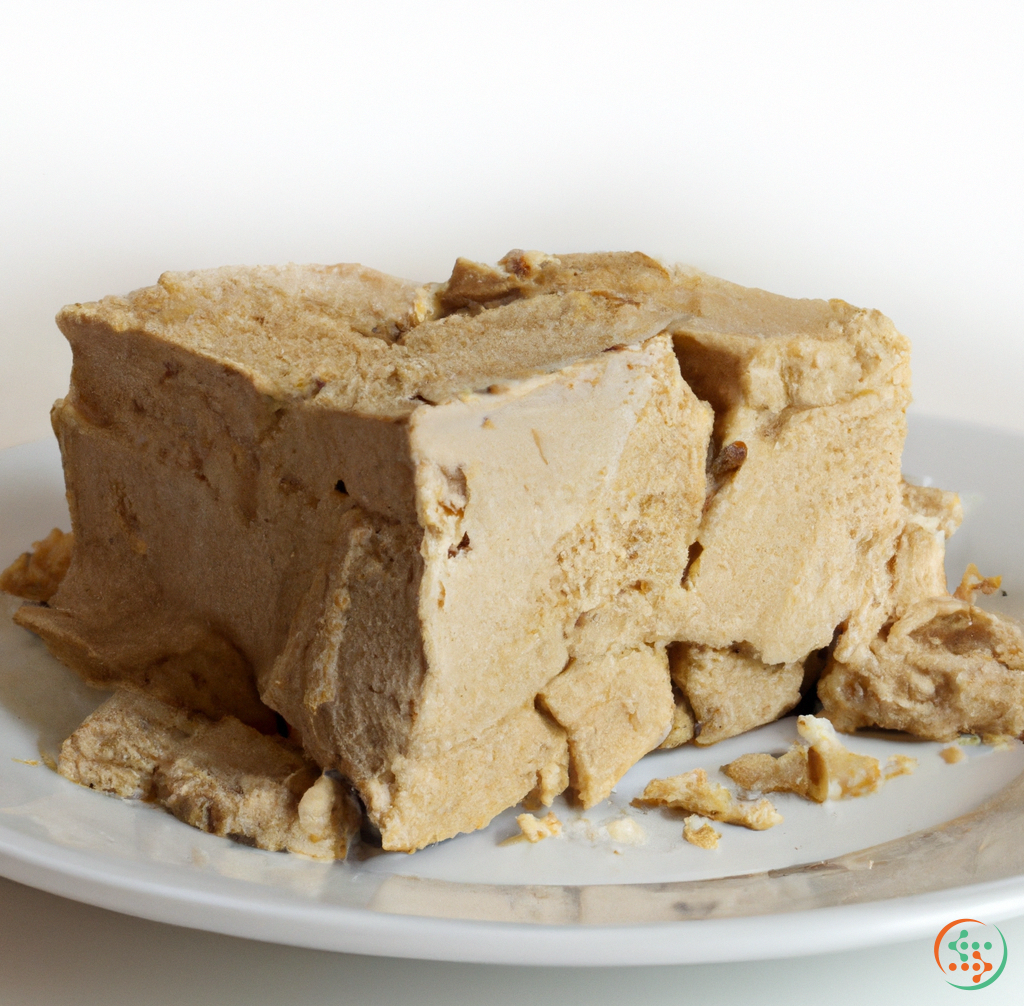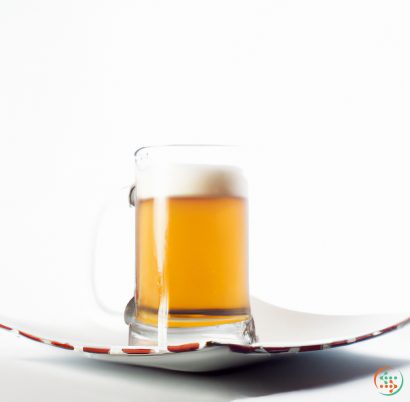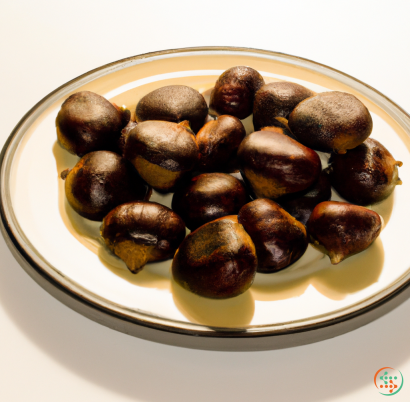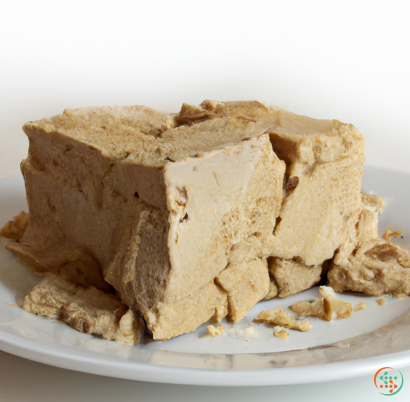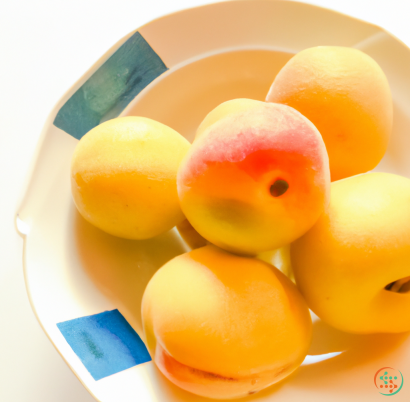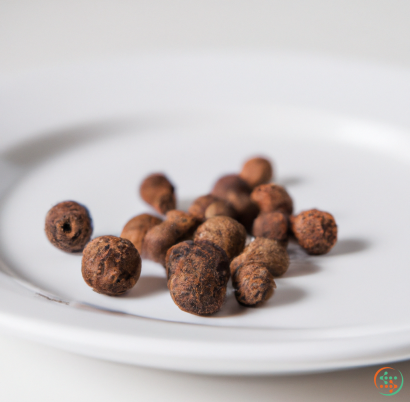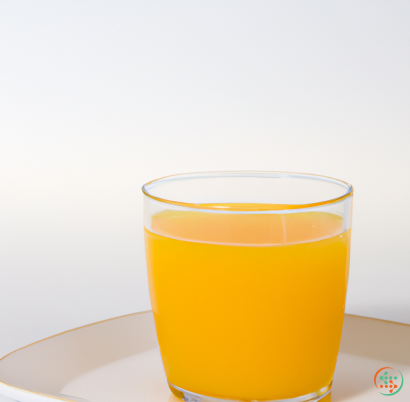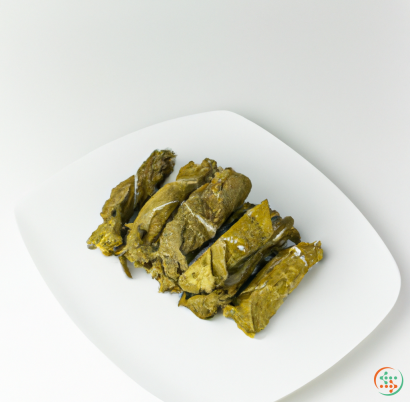Halva
, it’s history, and how to make it
What is Halva?
Halva is a traditional Middle Eastern and East European confectionery made from tahini (ground sesame paste), sugar, and sometimes other ingredients ranging from fruit and other nuts and seeds. It is one of the most popular sweet treats in many countries throughout the region and is eaten as a dessert or snack. The flavor and texture can vary depending on what type of Halva is being made and what ingredients are used. It can range in something similar to fudge, to shortbread-like cookie, to a cake-like consistency and can be either savory or sweet.
The History of Halva
Halva has a long and varied history, with most sources claiming that it originated in the Middle East or North Africa and is a descendant of a type of sweet confectionery that goes back as far as the 8th century. In fact, the name "Halva" itself is derived from the Arabic word “?alv?” meaning "sweet." Its popularity in the west can be attributed to Jewish immigrants who brought it with them when they came over from countries such as Turkey, Syria, and Lebanon, among others.
Traditional Halva is made with tahini, sugar, and sometimes other ingredients such as honey, cocoa, fruits, pistachios, and/or nuts. The mixture is cooked to a dough-like consistency and then cut into pieces or shapes and decorated with other toppings. It may also be spread out on a tray and cut into shapes like bars.
Halva has always been a popular snack with both adults and children, and is often served in Middle Eastern countries as part of a dessert platter. It is especially popular during religious holidays and festivals. Historically, halvah was given out to friends as a token of hospitality, to celebrate births and marriages, or as a gift to treat guests.
How to Make Halva
Making halva is a relatively simple process, and depending on the type of Halva you're making, there can be quite a few variations in ingredients. For example, some people will use condensed milk instead of tahini for a smoother, lighter-textured Halva. However, the basic steps for making this delicious treat are as follows:
1. Combine your tahini (ground sesame paste), water, and sugar in a pot on the stove over medium-low heat. Stir the mixture constantly until it becomes thick and creamy, about 10 minutes.
2. Add any supplementary mix-ins such as cocoa powder, nuts, dried fruits, or spices and stir until everything is fully incorporated.
3. Once the mixture is thick and well-incorporated, remove it from the heat and spread it on a baking sheet pan lined with parchment paper.
4. Allow the mixture to cool and set in the fridge for 45 minutes before cutting it into pieces and serving.
5. Top with sesame seeds, nuts, dried fruits, or any other topping of your choice.
That’s it! Halva is ready to be served and enjoyed. It can be stored in an airtight container in the fridge for up to two weeks and can also be frozen for up to two months.
Conclusion
Halva is a traditional Middle Eastern and East European treat that has been enjoyed for centuries. It's made with tahini, sugar, and other mix-ins and is easy to make at home. It's a tasty snack or dessert that can be enjoyed by adults and children alike, and it's perfect for festivals, holidays, and special occasions. Give it a try and see why so many people enjoy this classic sweet treat!
Halva: Sweet Treat on a Journey from Plant to Plate
Halva is a dessert that is popular in numerous cultures around the world. From East Europe to North America, this Middle Eastern-originated sweet treat has made its way around the world and into the homes of millions of people. But what is halva? How is it made? And how does it get from its plant origin to our plates? This blog post aims to answer all of these questions and more.
What is Halva?
Halva is a sweet, crumbly treat that’s often served in Middle Eastern countries, but can be found around the world. It’s made from tahini (sesame seed paste), sugar, nuts, and other sugar-based ingredients like honey and molasses. The texture of halva ranges from crumbly to paste-like, depending on the variety. Halva can range from extremely sweet to subtly flavored, making it a versatile treat for many different tastes.
The plant origins of Halva
At the heart of every halva recipe is tahini, made from sesame seeds. Sesame seeds have origins in the Middle East and East Africa, although they are now grown in many parts of the world. Sesame is one of the oldest domesticated crops and has been grown for thousands of years, often for extraction and production of vegetable oils. These oilseeds contain approximately 50% oil and 20-25% protein.
When the oil is extracted from the sesame, the leftover material, called sesame cake, is collected and dried. This cake is then ground in a mill to create a paste-like substance, known as tahini. This tahini paste is rich in polyunsaturated fats, vitamins, and minerals, making it a highly nutritious ingredient, suitable for many recipes.
How all ingredients combine to form the sweet treat
Now that we know a bit about the origins of tahini, let’s look at how it combines with the other ingredients to form the delicious sweet treat that is halva.
Most halva recipes start with tahini, heated (usually in a double boiler) and mixed with a sweetening agent like white sugar or honey. This mixture is then usually cooled and needs a few hours of rest to solidify. To enhance the taste, ingredients like butter, vanilla, cream, spices, and nuts like almonds, hazelnuts, or pistachios, can be added to the mixture as per each recipe.
Once the tahini mixture is ready, it is cooled and spread on a baking tray. After cooling, the mixture is cut into cubes or diamonds, depending on the traditional shape for halva in each area. The baking tray is then placed in the oven to bake the halva, or in some cultures, the pieces are fried. The halva is baked at a low temperature, usually around 125-140 °F (51-60 °C).
Finally, the halva is ready to be served. It is usually topped with a variety of nuts and dried fruit for added flavor and texture.
The journey from plant to plate
Now let’s look at how halva travels from the plant to our plates.
The first stop in the journey of halva is the sesame field. In most areas that grow sesame, the seeds are harvested by hand. After harvesting, the sesame is heated and the oil is extracted and collected, often through traditional methods such as pressing. The leftover material, called sesame cake, is then milled and processed into tahini paste.
The tahini paste then makes its way to local markets, where it is used as one of the key ingredients of the halva recipe. The other ingredients such as sugar, honey, butter, and nuts are also bought from local markets.
Once the ingredients are all bought, the preparation of the halva begins. The tahini paste is heated and combined with the other ingredients until a thick, crumbly mixture is formed. The Halva is then spread out in a baking tray and cooled for a few hours, after which it is cut into cubes or diamonds, waiting to be baked.
The halva is then baked in an oven for several minutes until it turns golden butter. After baking, it is then ready to be served, usually topped with a variety of nuts and dried fruit for added flavor and texture. The finished halva is then sold in local stores or served in restaurants and cafés around the world.
Finally, the halva makes its way to the tables of millions of people around the world, a delicious sweet treat full of flavor, history and culture.
Conclusion
Halva is a popular Middle Eastern-originated treat that is enjoyed around the world for its delightful flavor and range of ingredients. This sweet treat is made from sesame seed paste, sugar, nuts, and other sugar-based ingredients, and has a texture ranging from crumbly to paste-like. The ingredients of halva come from a long journey, tracing back to sesame seed fields, where they are harvested, processed, and combined an oven to form the finished product. Finally, the halva makes its way to the dinner tables of millions of people around the world, a delicious dessert filled with flavor, history, and culture.
| Vitamin C | 0.1 mg | |
| Vitamin B1 | 0.42 mg | |
| Vitamin B2 | 0.09 mg | |
| Vitamin B3 | 0.00286 grams | |
| Vitamin B5 | 0.17 mg | |
| Vitamin B6 | 0.35 mg | |
| Vitamin B9 | 0.065 mg | |
| Vitamin B12 | 0.04 ug |
| Calcium | 0.033 grams |
Daily Value 1.3 g
|
| Iron | 0.00453 grams |
Daily Value 0.018 g
|
| Magnesium | 0.218 grams |
Daily Value 0.4 g
|
| Phosphorus | 0.607 grams |
Daily Value 1.25 g
|
| Potassium | 0.187 grams |
Daily Value 4.7 g
|
| Sodium | 0.195 grams |
Daily Value 2.3 g
|
| Zinc | 0.00432 grams |
Daily Value 0.011 g
|
| Copper | 0.0012 grams |
Daily Value 0.9 mg
|
| Manganese | 0.87 mg |
Daily Value 0.0023 g
|
| Selenium | 0.0115 mg |
Daily Value 0.055 mg
|
| Total Sugars | 0.131141 grams |
per 100g
|
| Palmitic acid (16:0) | 2.11 grams |
|
| Stearic acid (18:0) | 1.85 grams |
|
| Total Saturated fatty acids: | 3.96 g | |
| Oleic acid (18:1) | 8.13 grams |
|
| Palmitoleic acid (16:1) | 0.03 grams |
|
| Gadoleic acid (20:1) | 0.04 grams |
|
| Total Monounsaturated fatty acids: | 8.2 g | |
| Linolenic acid (18:3) | 0.06 grams |
|
| Linoleic acid (18:2) | 8.42 grams |
|
| Total Polyunsaturated fatty acids: | 8.48 g | |
